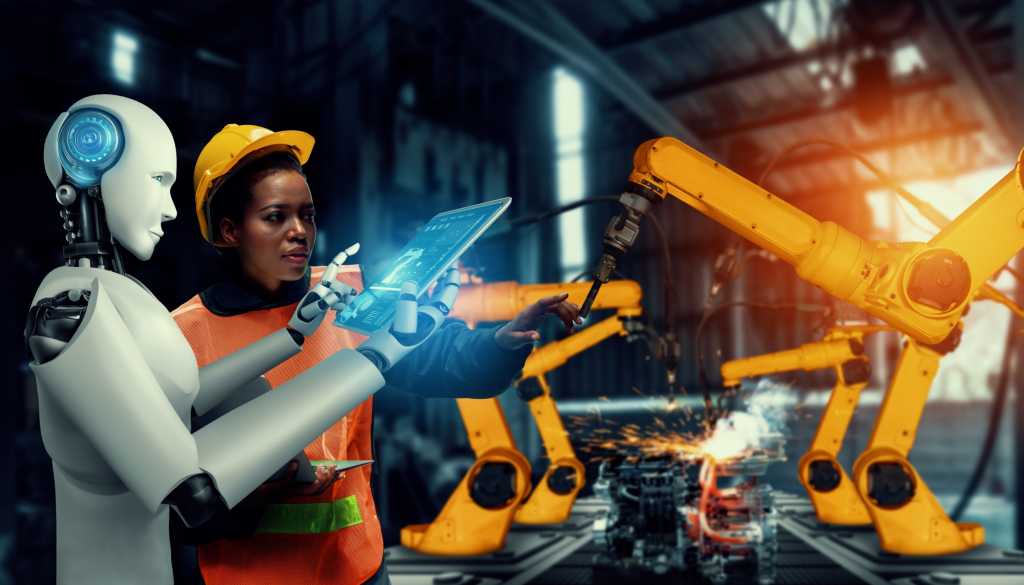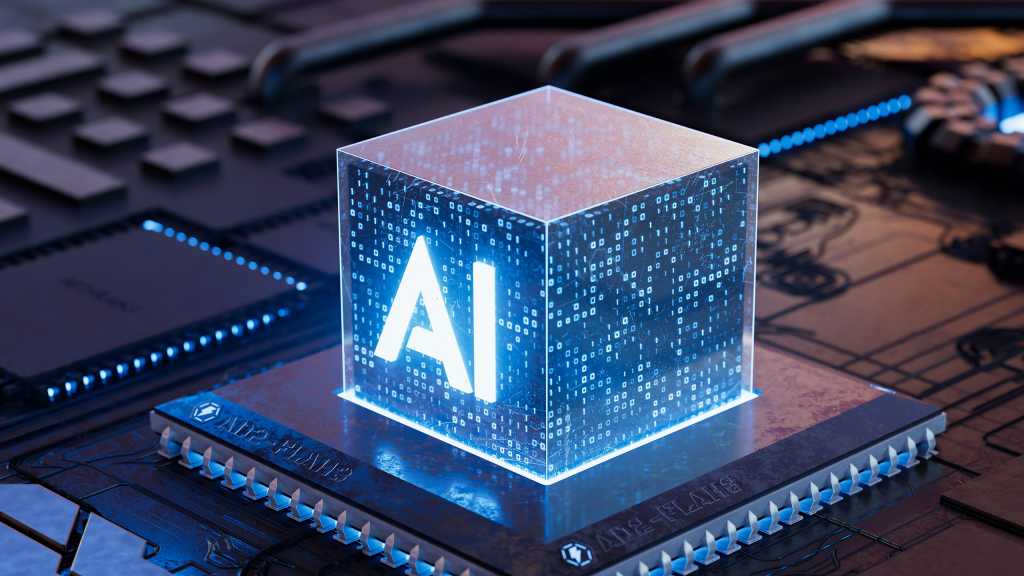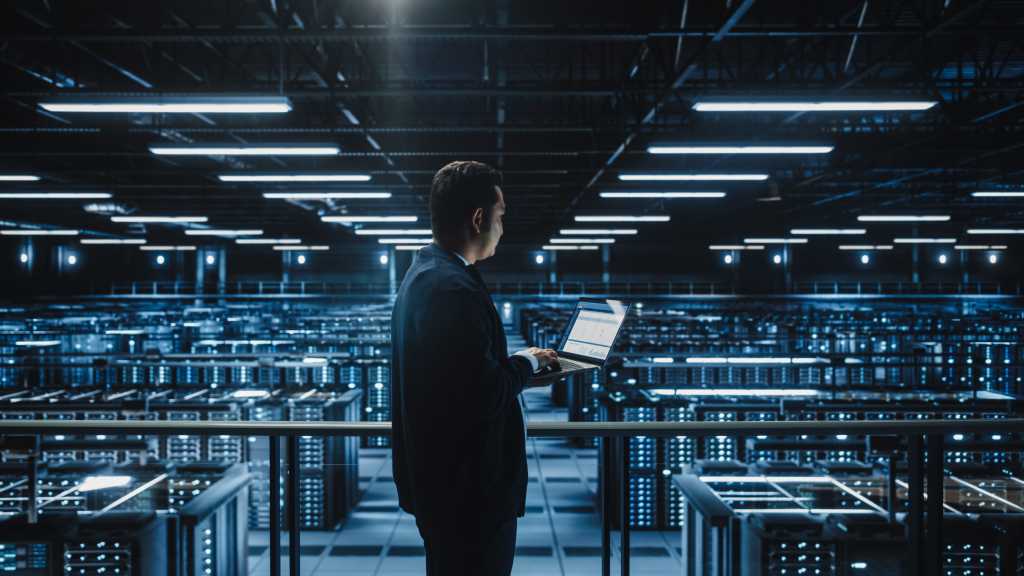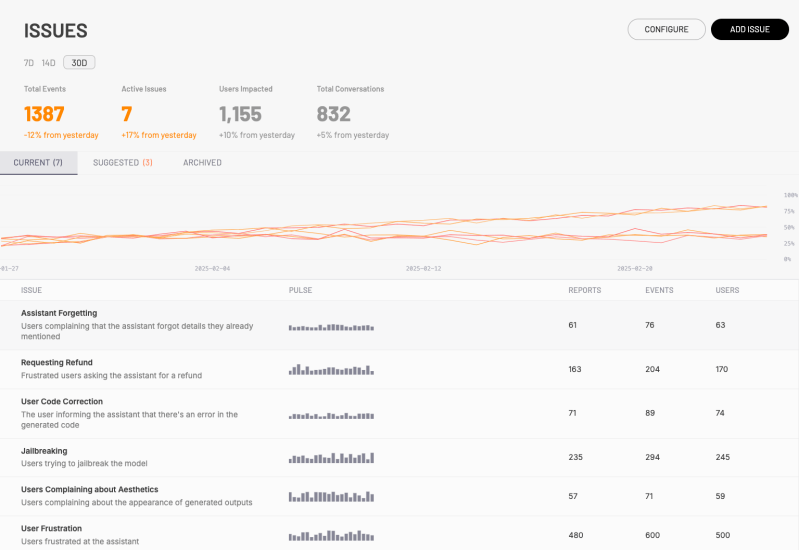
Researchers across Taiwan are tackling complex challenges in AI development, climate science and quantum computing.
Their work will soon be boosted by a new supercomputer at Taiwan’s National Center for High-Performance Computing that’s set to deliver over eight times more AI performance than the center’s earlier Taiwania 2 system, Nvidia CEO Jensen Huang announced in a keynote at Computex 2025 in Taipei today.
The AI supercomputer at NCHC is slated to feature Nvidia HGX H200 systems with over 1,700 GPUs, two Nvidia GB200 NVL72 rack-scale systems and an Nvidia HGX B300 system built on the Nvidia Blackwell Ultra platform — interconnected by Nvidia Quantum InfiniBand networking. Announced today at Computex, it’s expected to go live later this year.
NCHC also plans to deploy a set of Nvidia DGX Spark personal AI supercomputers and a cluster of NVIDIA HGX systems in the cloud.
Researchers from academic institutions, government agencies and small businesses in Taiwan will be able to apply for access to the new system to accelerate innovative projects.
“The new NCHC supercomputer will drive breakthroughs in sovereign AI, quantum computing and advanced scientific computation,” said Chau-Lyan Chang, director general of NCHC, in a statement. “It’s designed to empower Taiwan’s technological autonomy, fostering cross-domain collaboration and global AI leadership.”
Developing local language models for Sovereign AI
The new supercomputer will support projects like Taiwan AI RAP, a generative AI application development platform. Taiwan AI RAP aims to support the rapid development of AI products by offering startups, researchers and enterprises access to customized models that reflect local cultural and linguistic nuances.
Among the platform’s offerings are models created by Taiwan’s Trustworthy AI Dialogue Engine, or TAIDE — a public sector initiative to build Taiwanese large language models (LLMs) for tasks including natural language processing, intelligent customer service and translation.
Collaborators providing text, images, audio and video data for the initiative include local governments, news organizations and public departments such as the Ministry of Education and Ministry of Culture.
To support the creation of sovereign AI applications, TAIDE currently offers developers access to a collection of Llama3.1-TAIDE foundation models. The team is building additional sovereign AI LLM services using NVIDIA Nemotron models.
A professor at National Tainan University is using the TAIDE model to power a conversational AI robot that speaks Taiwanese and English with elementary and middle school students. It’s been used by over 2,000 students, teachers and parents to date. Another professor tapped the model to generate high-quality educational materials, shortening lesson preparation time for teachers.
In healthcare, research teams in Taiwan used the TAIDE model to develop an AI chatbot with retrieval-augmented generation that helps case managers deliver timely, accurate medical information to patients with major injuries and illnesses. And the Epidemic Prevention Center at Taiwan’s Centers for Disease Control is training the model to generate news summaries to support the tracking and prevention of how diseases spread.
Speeding scientific research in climate and beyond
In climate research, NCHC supports researchers using the Nvidia Earth-2 platform to advance atmospheric science. These researchers are tapping Earth-2’s CorrDiff AI model to sharpen the precision of coarse-resolution weather models, and DeepMind’s GraphCast model in Nvidia PhysicsNeMo for global weather forecasting.
They’re also adopting the Nvidia NIM microservice for FourCastNet, an Nvidia model that predicts global atmospheric dynamics of weather and climate variables, and using Nvidia GPUs to accelerate the simulation of numerical weather prediction models.
With the new supercomputer, the researchers will be able to run more complex simulations and accelerate the pace of AI training and inference.
Advancing quantum innovation
NCHC researchers are also advancing quantum research using the Nvidia CUDA-Q platform and Nvidia cuQuantum library targeting applications in quantum machine learning, chemistry, finance, cryptography and more.
The research institute has developed Quantum Molecular Generator, a tool that generates valid chemical molecules, using quantum circuits and the CUDA-Q platform. It’s also created cuTN-QSVM, an open-source tool built on the cuQuantum library that accelerates large-scale quantum circuit simulations.
The tool enables researchers to tackle more complex problems, offering linear scalability and supporting hybrid quantum computing systems to help accelerate the development of large-scale quantum algorithms.
NCHC researchers recently used cuTN-QSVM to perform a record-breaking 784-qubit simulation for a quantum machine learning algorithm. The institute also plans to build a hybrid quantum-accelerated computing system by integrating Nvidia DGX Quantum systems.
GB Daily
Stay in the know! Get the latest news in your inbox daily
Read our Privacy Policy
Thanks for subscribing. Check out more VB newsletters here.
An error occured.




















